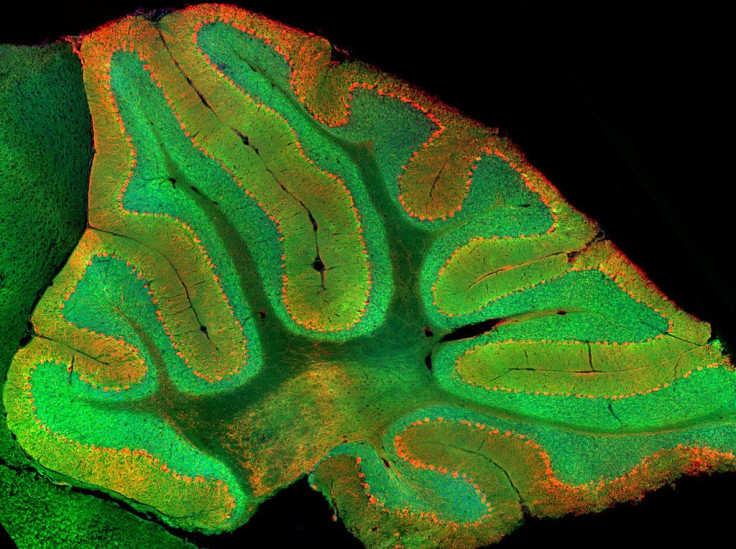What Does The Cerebellum Do? Probably Much More Than We Think

Despite years of research, our understanding of how the brain functions is still patchy — at least compared to other organs in the human body.
Take the cerebellum, for instance. Neuroscientists have long believed that this organ, which is located below the occipital and temporal lobes of the cerebral cortex, was only responsible for maintenance of balance, posture and breathing, and for controlling motor functions. In recent years, however, there have been a few tantalizing hints that the cerebellum may be playing a much larger role.
Read: Brain Map Identifies Nearly 100 New Regions
Now, a team of researchers has unearthed further details of what this larger function might be — anticipating and responding to rewards, activities that are key drivers of behavior. The researchers’ discovery, detailed in a new study published in the journal Nature, provides the first experimental evidence that the cerebellum — which contains over 50 percent of the brain’s neurons — is responsible for more than just the most basic functions.
“Given what a large fraction of neurons reside in the cerebellum, there’s been relatively little progress made in integrating the cerebellum into the bigger picture of how the brain is solving tasks, and a large part of that disconnect has been this assumption that the cerebellum can only be involved in motor tasks,” study lead author Mark Wagner from Stanford University said in a statement released Monday. “I hope that this allows us to unify it with studies of more popular brain regions like the cerebral cortex, and we can put them together.”
One of the reasons the cerebellum has been so hard to study in detail is because of the extremely high density of the granule cells present in it. At that density, conventional techniques for recording cell activity don’t work well. In order to overcome this problem, the researchers used a new imaging technique called the two-photon calcium imaging, which allowed them to track the activity of these neurons in real time in mice.
Although they expected the activity in cerebellar granule cells would be related to planning and executing arm movements (in this case, while pushing levers), they found that some cells fired even when the mice were waiting for their rewards (sugar water). Moreover, another set of cells also began firing when the rewards were taken away altogether.
“It was actually a side observation, that, wow, they actually respond to reward,” study co-author Liqun Luo, also from Stanford University, said in the statement.
Although the results still need to be replicated in humans, the discovery is likely to be the first step toward the creation of a more comprehensive functional map of the brain, and toward understanding the origin of cognition and consciousness.
© Copyright IBTimes 2024. All rights reserved.






















